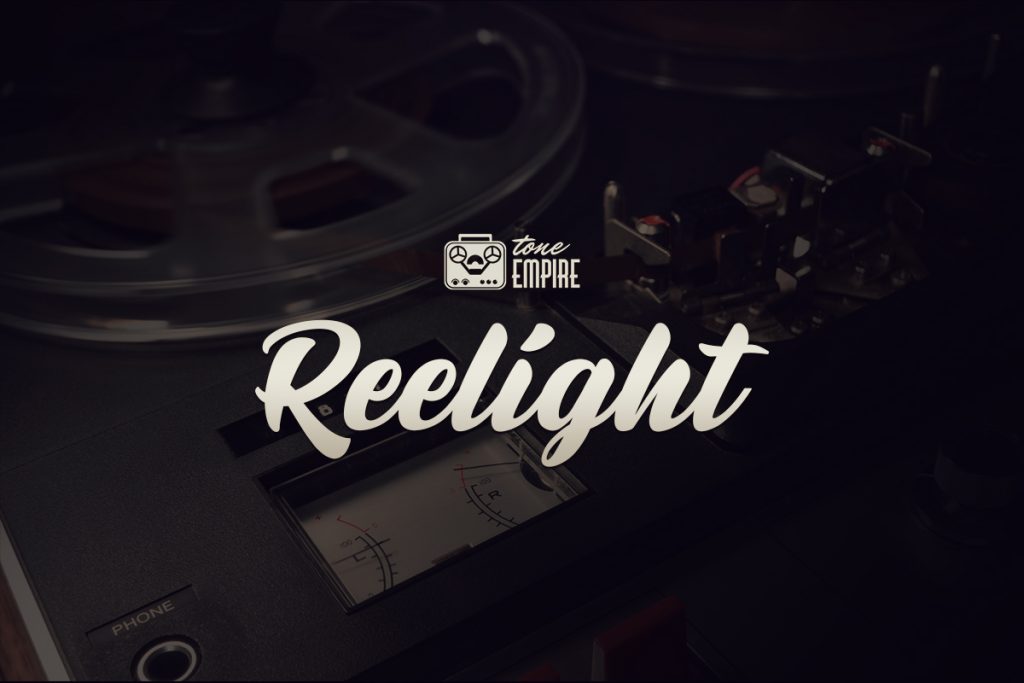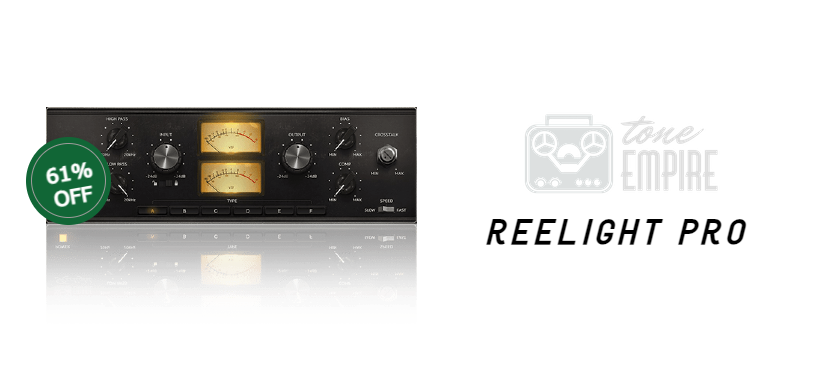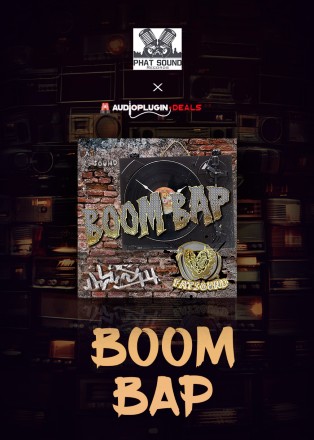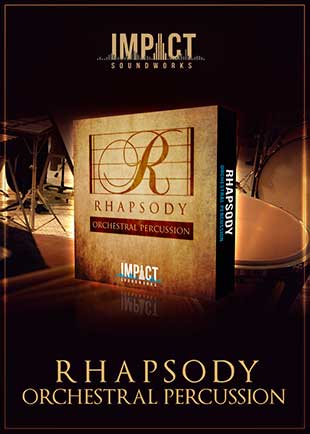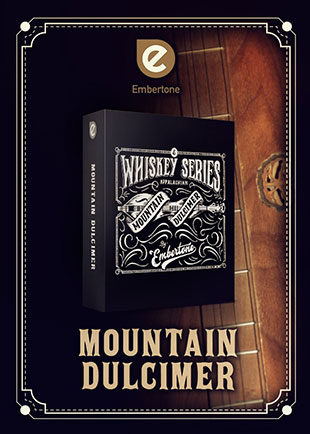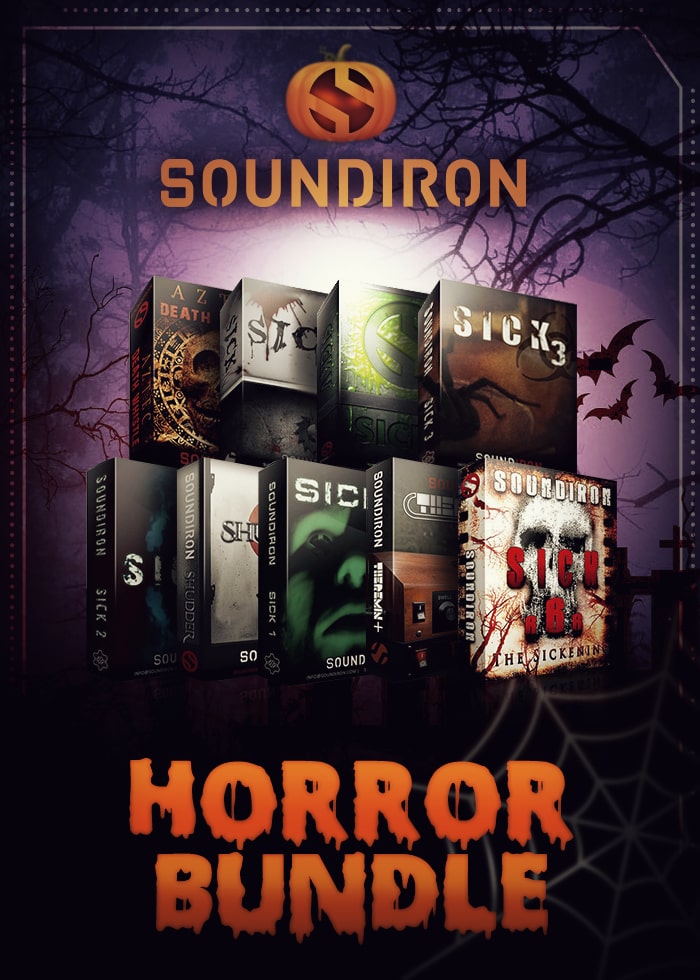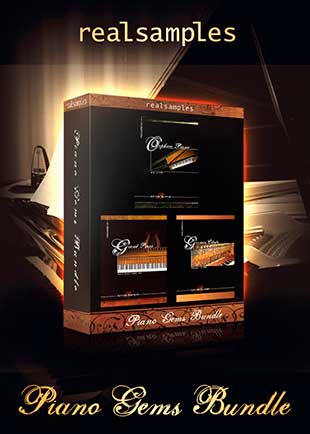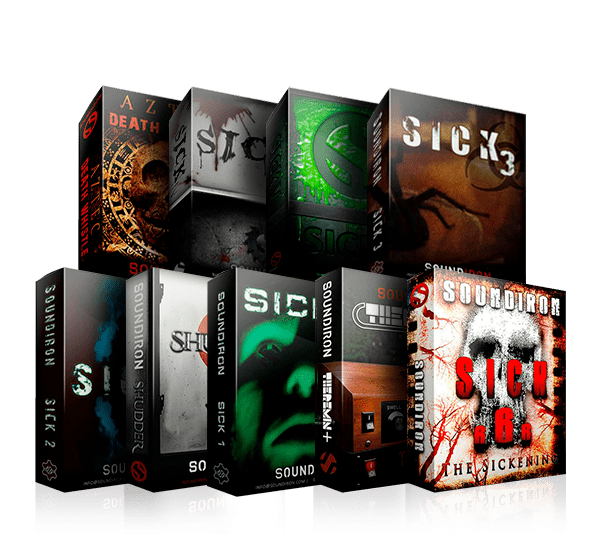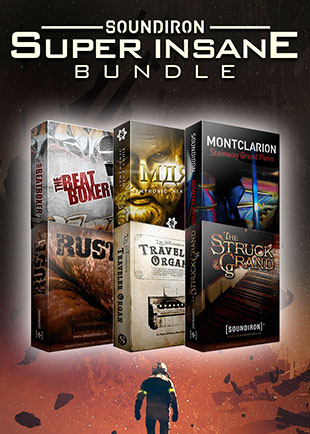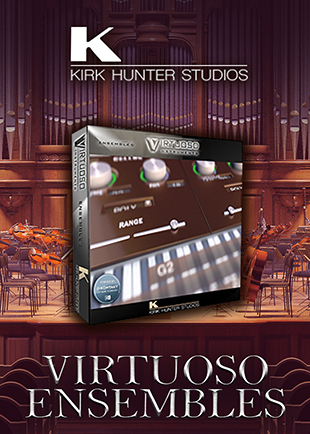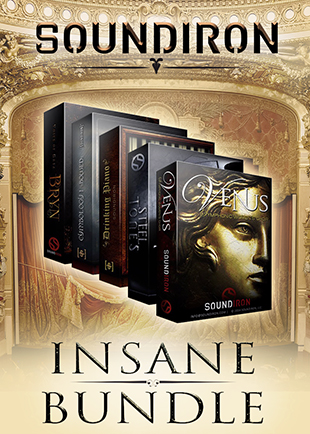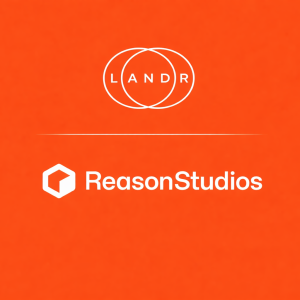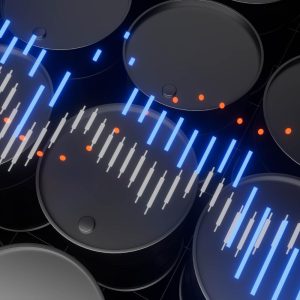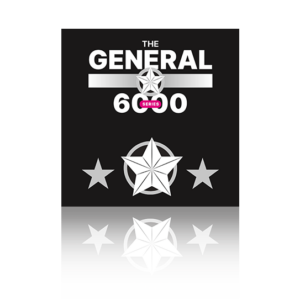Tone Empire’s Reelight Pro, this might be the final piece of the puzzle missing from your music.
Have you ever listened to one of your songs and felt something was missing? Then, you check the session, and you have everything in place; good melody, arrangement, chords, banging drums, pads, etc., but it’s not full enough.
So you start layering your sounds…stacks on stacks of sounds, but the end result still sounds meh… Like, it sounds good, but something doesn’t feel right, it’s still empty.
This is a common issue music producers, as well as other music enthusiasts, run into. We all have access to good clean sounds, but sometimes, they’re too clean.
This is funny because back in the day, everyone wanted things cleaner, and today we’re going backward a bit… We want some dirt and other artifacts that give us that authentic sound, but we don’t want the nasty stuff.
If your music lacks depth or sounds a little too sterile or plastic, as some say, it might be a good idea to invest in a good tape emulation plugin.
Take Advantage Of This Killer Deal Now
Reelight Pro: Tape Machine Options

Here are the Tape Machine Models (options) Tone Empire offers within the Reelight Plugin
A: AMPEX ATR 700
B: STUDER A 812
C: STUDER A 80
D: TEAC A2300 SD
E: AEG TELEFUNKEN M20
F: REVOX B77 mk2
These tape machines emerged during the 1950s-1980s and were known for their warm, rich sound. There’s a reason why these units were used by some of the top engineers and music producers in the industry and still are.
Each machine listed, though different, all have one thing in common, they were essential in shaping unique tonal characteristics that made many classic recordings stand out. So, having all of them available in one unit…This is amazing!
Why Do People Seek Vintage Emulations When The Technology Is So Much Better Today?
The technology we have today is great, and there’s nothing we don’t have access to: Quality sound libraries, samples (loops and 1 shot), mixing plugins, applications that bridge the gap between entry level and professionals…Damn near everything is at our fingertips.
Every year, the quality of sound and sampling capabilities increase. This is a double edged sword. One on hand, having this capability is nice, but the cleaner the sounds are, something lacks. The dimension or something is lost.
Analog Warmth
Tape machine software emulates the warmth and saturation characteristics of analog tape machines, which can help add depth and character to digital recordings. The nonlinear response and harmonic distortion produced by tape machines can enhance the overall tone and richness of a mix, making it sound more natural and pleasing to the ear.
Glue and Cohesion
If you’ve been making music for a while, I’ve sure you’ve encountered this. So first, you grab your sound sources: Kontakt Instruments, Samples, Loops, etc. They all come from different sources, and they sound good, but when put together, they don’t sound like they belong together.
They don’t sound like they were recorded in the same place/environment. For some genres of music, this is fine, but for others, the believability is important.
The reason why music created with hardware sounds so warm and gel like is because the recordings generally came from the same units and or were processed through the same or very similar units.
A perfect example would be sampling sounds into an Mpc 60, 3000, or SP samplers and then pushing that into a mixing console.
Processing elements together on a bus, or separately, and then on a bus helps make everything sound more glued together and cohesive.
Softening Transients
You can generally identify a sound by its transients, but sometimes, the transients are too present and clash together with other transients creating distortion when they hit together. Other times, the transient doesn’t clash with anything but sounds too present or annoying within a mix.
For example, the plucking of a guitar string or striking of cans, percussion, or other found sound elements.
Tape emulation plugins can help round off the transients, thus helping them sound more natural and sit in the mix better.
Creative Sound Shaping: Settings I Suggest Altering
Settings like bias, tape speed, and the all to well know ‘wow and flutter’ add unique characteristics allowing music producers to tweak and shape their source sounds, thus helping their mixes stand out and or sound more authentic.
Simple breakdown of these settings and what they do
Bias: Adjusts Saturation and tone. Experiment with the settings to introduce a brighter or darker sound character.
Tape Speed: This is the rate at which the tape runs across the playhead. Slower tape speeds introduce a warmer sound, and faster tape speeds will give more of a high-end, shine, and or clarity type of sound.
Compressor: This is specific to the compression you hear when using tape machines. You, as the user, have control over how much you’re applying to the sound, thus adding to Reelight Pro’s flexibility.
High/Low Pass Filtering: This allows you to filter your sound before it touches Tone Empire’s Tape Algorithms. Most of the time, I don’t find this necessary, but it’s a great option to have
Experiment with different sounds and tape speed settings.
Side Note: Tape machines allow you to select the different IPS settings. Reelight only has Fast or Slow as a setting ranging between 3.5 ips to 30 ips depending on the tape machine instead. I believe Tone Empire omitted listing each tape machine’s individual IPS settings to avoid clutter.
Hold On…No Wow and Flutter!?
One Thing Reelight Pro doesn’t have is Wow, and Flutter. Wow, and Flutter are irregularities in the pitch and speed during playback of the tape machine. This can be used to add movement and warmth to the mix. It also doesn’t include any noise or hiss.
The no noise, I can get behind, but not Wow and Flutter? We’re going to have to talk about this, but I’m sure there was a good reason for this decision.
Accessibility and Convenience
Most people will tell you nothing beats using a Real Tape Machine. I can’t say I disagree with this, but one has to consider other factors here.
Real tape machines tape up space, require actual tape, and can be a little pricey to maintain. On the other hand, tape machine emulations are convenient and, in many cases, sound good enough to get the job done. Not to mention, they (software emulations) get better every year.
Reelight Pro Demos: Take A Listen To This

Conclusion
Overall, I think Tone Empire did a great job with Reelight Pro. I love that it’s flexible and uses two different technologies to achieve its sound: Physical Modeling and Impulse Responses. One feature I didn’t mention early that’s unique to tape machine emulations is Crosstalk. On Tape Machines, this is the bleeding of tracks into other tracks, which is highly beneficial. Here it creates what the dev describes as a mono spatial like effect. I notice turning the knob makes some sounds, puch through a little more, almost as if I’m flipping phase.
I’ll have to play around a bit more with this, as I do like the results!
